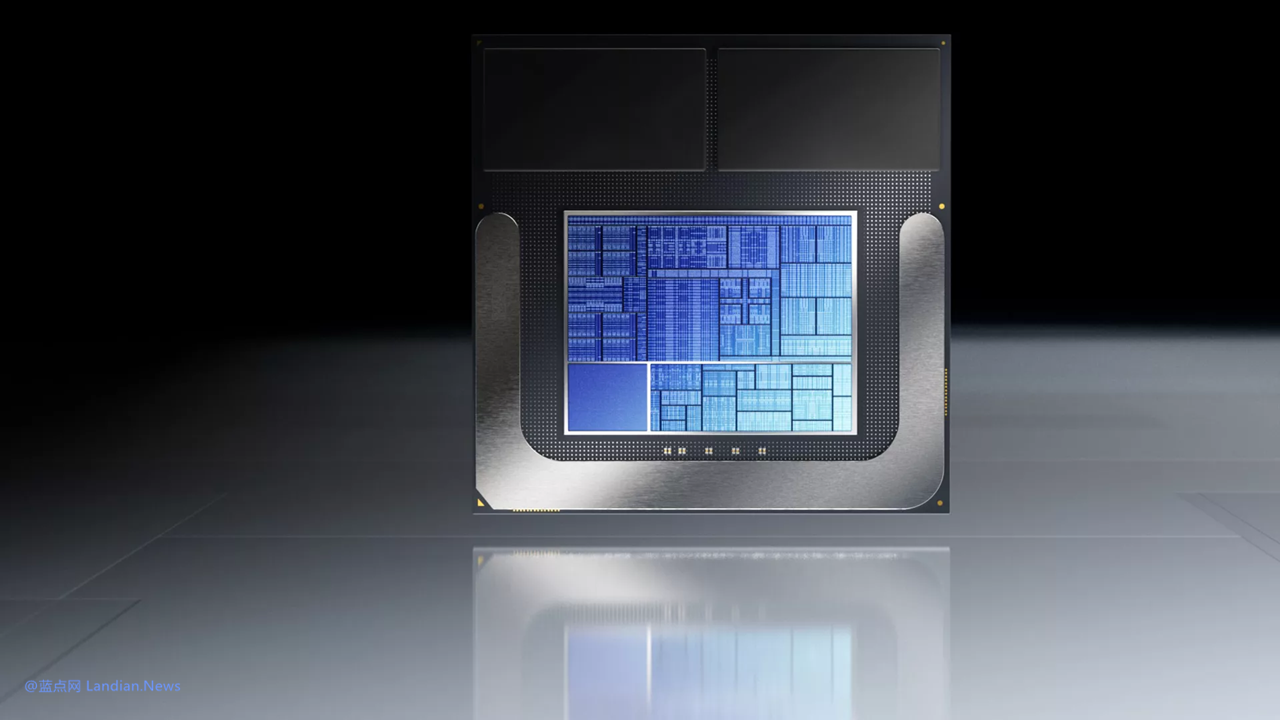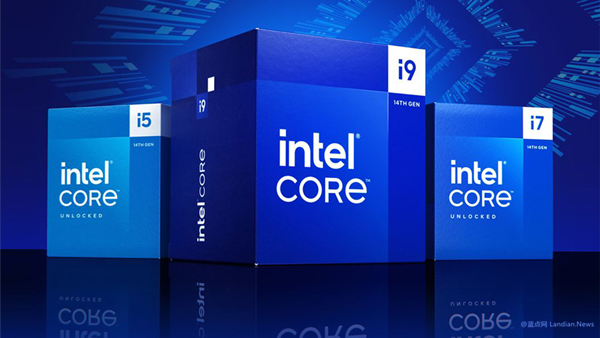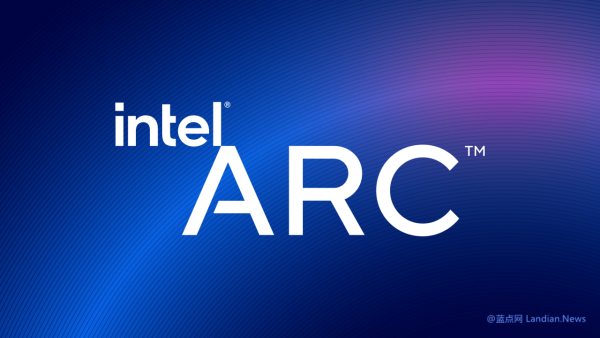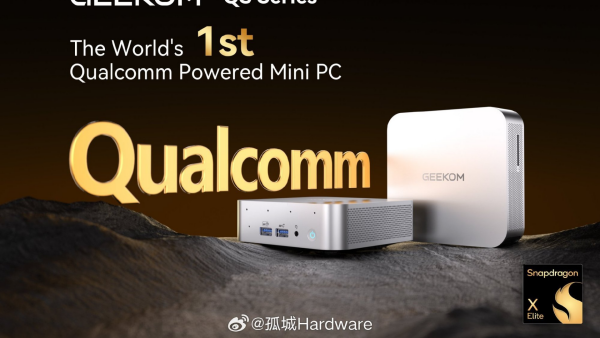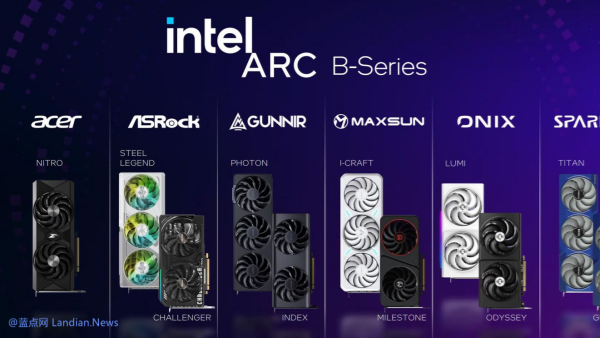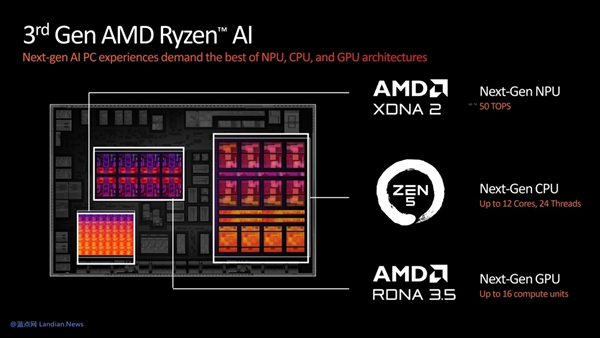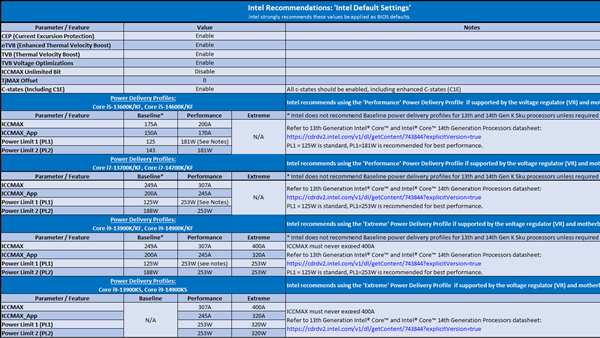Cost and OEM Flexibility Leads Intel to Drop Embedded Memory
Intel has decided to discontinue the use of embedded memory within its processor designs, a notable departure from the approach taken with its Intel Core Ultra 200V series processors (based on Lunar Lake), which did not require memory slots on motherboards due to the memory being integrated directly into the chip package. This decision comes in light of the elevated costs associated with embedded memory, which have negatively impacted Intel's profit margins, as well as feedback from OEMs and consumers who prefer more flexible memory configurations.
During a recent earnings call, Intel CEO Pat Gelsinger addressed the shift, explaining that while the embedded memory was a unique feature of the Lunar Lake series processors, future products would return to a more traditional architecture. This means processors will continue to have integrated CPU, GPU, NPU, and I/O functionalities, but moving forward, bulk memory will be situated outside the CPU package.
The Intel Core Ultra 200V series offered 16GB or 32GB of LPDDR5X-8533 memory, utilizing a 128-bit interface. This design choice was intended to save space within laptops, allowing for larger batteries and thereby extending device battery life. Additionally, having memory so closely integrated with the processor could significantly reduce latency and lower power consumption.
So, why is Intel moving away from embedded memory? One key reason is the cost of memory chips. Intel, not purchasing memory chips at the scale of large OEMs, faces higher prices, which in turn affects its profit margins. Furthermore, the additional manufacturing processes required for embedding memory add to the CPU's production costs. Another critical factor is the reduction in flexibility for OEMs, which rely on offering various configurations to appeal to different consumer segments.
Interestingly, Gelsinger noted that the CPUs had actually sold quite well, initially targeted as a niche product; the advent of AI PCs turned the Lunar Lake CPUs into a surprisingly popular choice. While Intel could tolerate slightly higher costs for a product with low shipping volumes, a significant increase in demand would have a more substantial impact on profit margins. As a result, Intel has opted to revert to its previous architecture, stepping away from embedded memory in future designs, prioritizing cost efficiency and product flexibility.
